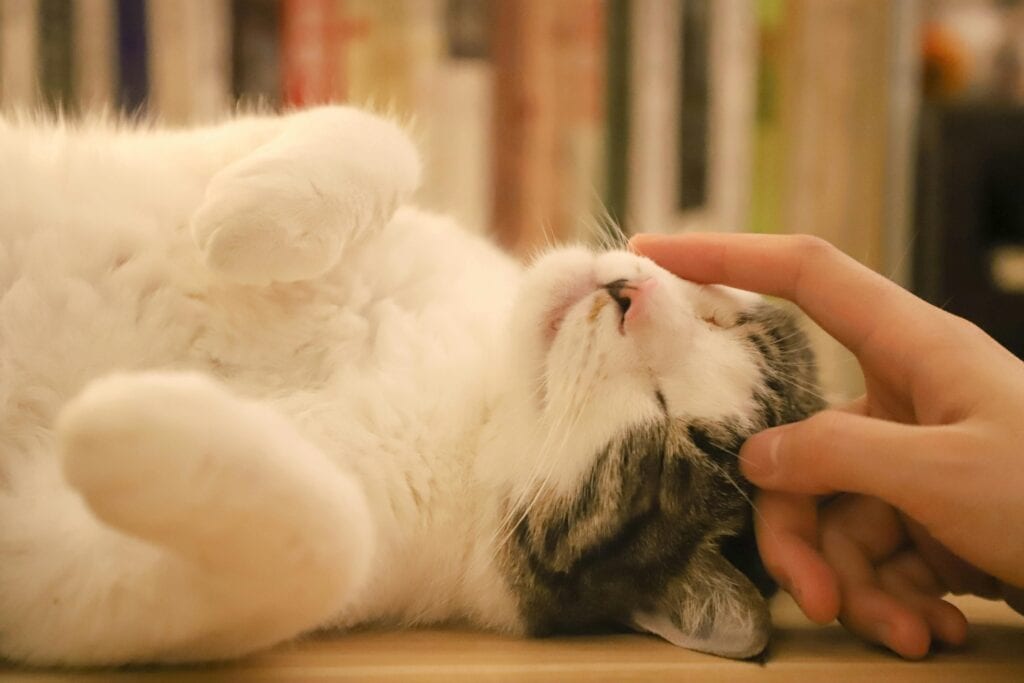As cats grow older, many of them develop health problems that are not obvious at first. Chronic Kidney Disease, or CKD, is one of the most common of these. It is a progressive condition that affects quality of life. It can be managed, but not cured.
What is Chronic Kidney Disease (CKD)
CKD is a long-term loss of normal kidney function in cats. The kidneys gradually lose the ability to filter waste products, maintain fluid and electrolyte balance and regulate blood pressure. According to the ISFM Consensus Guidelines, most affected cats are geriatric (older than twelve years), but signs may begin earlier.
In cats with CKD, the disease tends to be caused by chronic damage including inflammation, fibrosis, or tubulointerstitial nephritis. Many cats have more than one kidney problem or comorbidity such as high blood pressure or proteinuria (protein in urine).
How common is CKD in older cats and who is at risk
CKD becomes more common as cats age. In the UK, a large VetCompass study reviewed records from 353,488 cats in 244 veterinary practices between 2012 and 2013. Of these, around 4,241 cats were diagnosed with CKD, and thousands more developed the condition over time.
Among older cats, especially those over nine to ten years, prevalence rises sharply. The ISFM consensus estimates that thirty to forty per cent of cats over ten years of age may show kidney disease of varying severity.
Risk factors include being older than seven or eight years, poor body condition or weight loss, increased thirst or urination, dehydration, breed predisposition, heart disease, high blood pressure and proteinuria. In many cases, the exact cause remains unknown.
Signs to watch for
Because kidneys have a large functional reserve, cats often show few signs at first. As the disease progresses, these signs may develop gradually. Watch for:
- Increased thirst and drinking more
- Urinating more frequently or producing larger volumes of urine
- Decreased appetite and weight loss
- Vomiting or nausea
- Lethargy and reduced activity
- Poor coat condition and grooming less often
- Bad breath with ammonia smell or mouth ulcers
- Sudden blindness in some cases due to severe high blood pressure
Many of these signs also occur with other diseases, a veterinary assessment is necessary.
How CKD is diagnosed
Diagnosing CKD involves gathering a history, physical examination, and performing a series of tests over time to confirm persistent kidney damage or dysfunction.
Some of the key diagnostic elements include:
- Blood tests for creatinine, urea, and newer markers like SDMA to assess filtration rate.
- Urinalysis to measure how concentrated urine is (urine specific gravity), and to check for protein in urine or infection.
- Measurement of blood pressure, because CKD often causes systemic hypertension which itself can damage kidneys, eyes, and the brain.
- Imaging of the kidneys, such as ultrasound, to assess kidney size and shape and to identify possible stones or congenital abnormalities.
Staging of CKD using IRIS (International Renal Interest Society) criteria helps vets decide on prognosis and treatment options.
Treatment and management
There is no cure for CKD, but with good care many cats can live months to years with a reasonable quality of life. Management focuses on slowing progression, reducing discomfort and complications, and supporting wellbeing.
Key strategies include:
- Dietary management
Feeding a prescription renal diet that is lower in protein but of high quality, with moderate phosphorus and adequate calories. These diets reduce waste products, reduce kidney workload, and slow disease progression.
- Controlling phosphorus
Elevated blood phosphate levels contribute to kidney damage. Blood tests can monitor phosphate, and when diet is not sufficient phosphate binders may be used under veterinary supervision.
- Managing blood pressure
If a cat has hypertension, medication may be needed. This helps protect kidneys, eyes, and the brain.
- Treating proteinuria
If protein is leaking into urine, therapies such as ACE inhibitors may help reduce this and improve outcomes.
- Fluid therapy
Ensuring hydration is vital when cats lose the ability to concentrate urine. Subcutaneous fluids at home or fluid therapy in clinic may be needed, especially in more advanced disease.
- Support for appetite and quality of life
Anti-nausea medication, appetite stimulants, treatments for vomiting, and oral hygiene if ulceration is present may all help. Pets with CKD often benefit from comforts such as softer food, elevated bowls, multiple water sources, clean litter trays, and stress reduction in their environment.
What owners can do
If you have an older cat, here are steps you can take:
- Arrange six monthly or annual veterinary health checks once a cat is over seven years old. These should include weight and body condition assessments, blood and urine testing, and blood pressure measurement.
- Observe your cat at home. Look for subtle changes in drinking, urinating, grooming, appetite, coat, and energy. Record these changes so you can share them with your vet.
- Transition diets gradually if a renal diet is recommended by your vet. Some cats resist new foods, so mix new with old.
- Ensure easy access to fresh water in multiple bowls, quiet resting areas, and litter trays that are easy to reach if mobility declines.
- Stay in regular contact with your vet to adjust treatments as needed, for example if phosphate levels rise or appetite drops.
Outlook
Many cats with CKD, even in stages two or three, can live for months or years with a good quality of life, provided treatment is started early and remains consistent. Progression varies widely between cats. Some decline slowly, others more rapidly, so understanding how to monitor their quality of life is key.
Conclusion
Chronic kidney disease in older cats is common. It cannot be cured, but it can be managed well. With early detection, attentive veterinary care, good nutrition, aware owners, and management of complications many cats retain dignity and joy in their later years. If you notice changes in your cat, do not wait. Speak to your vet so you can give your companion the best care possible.




